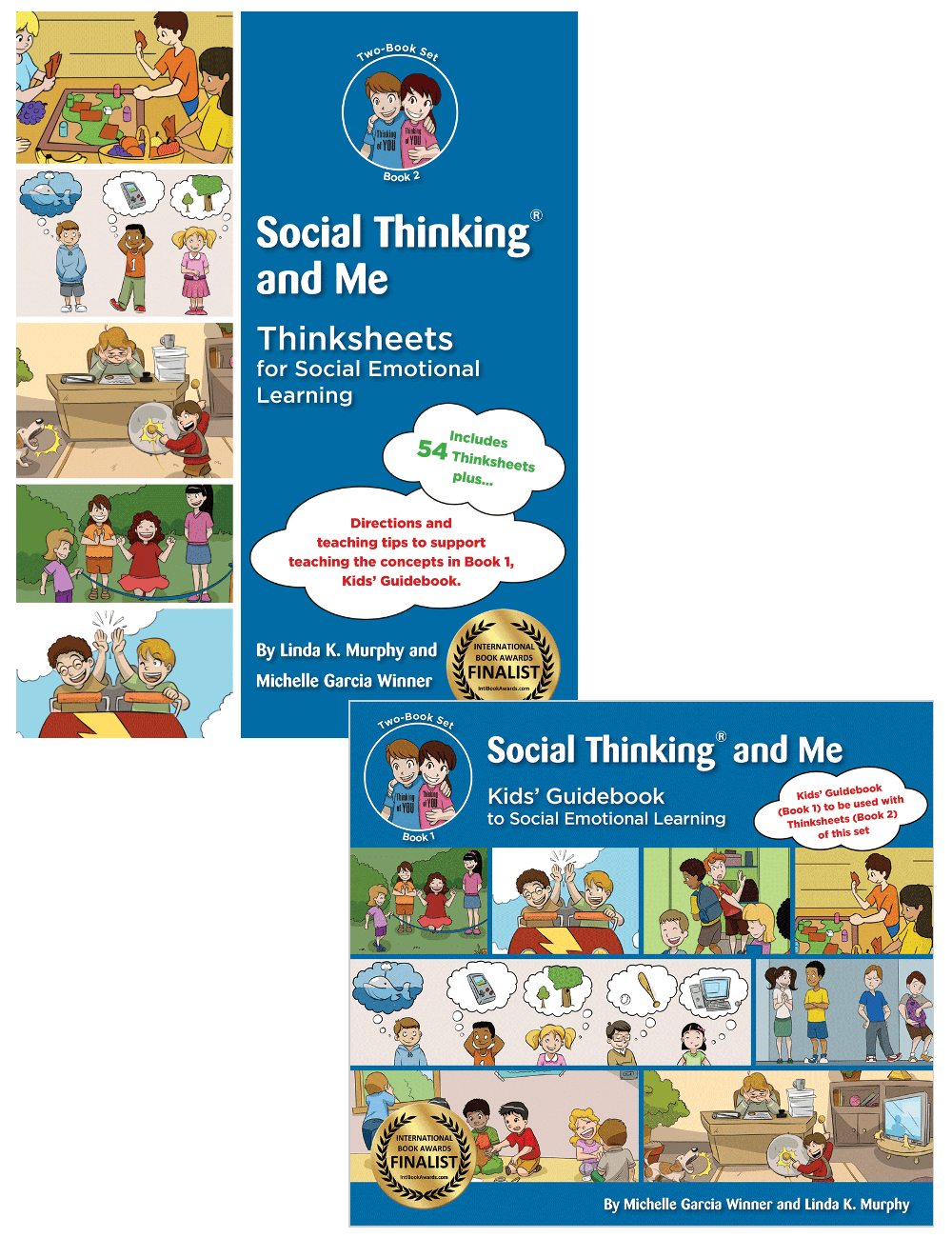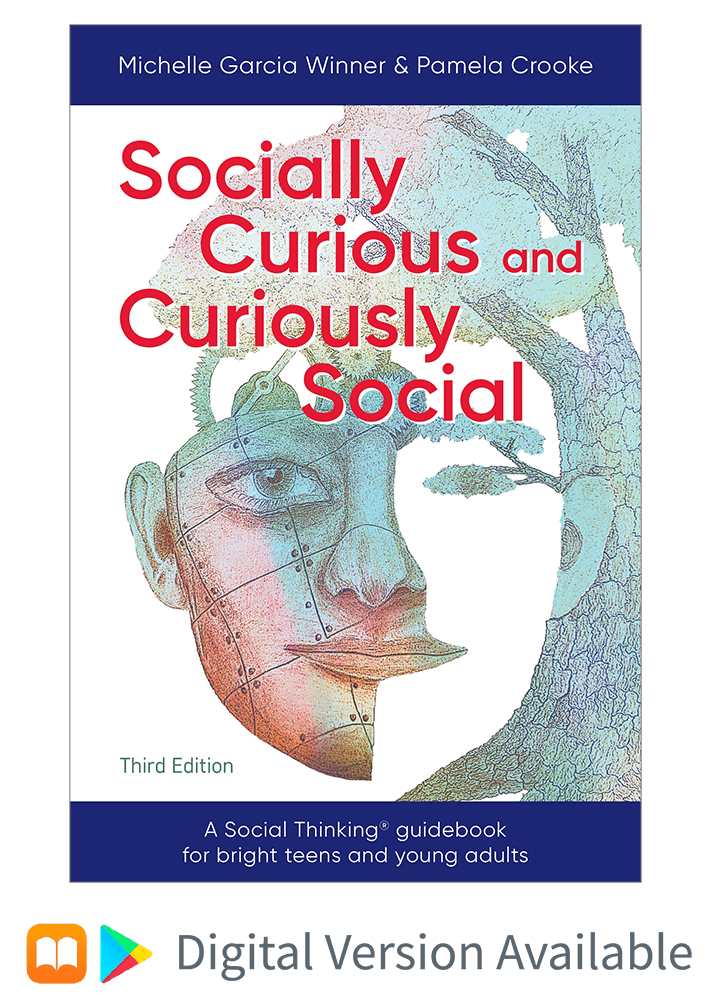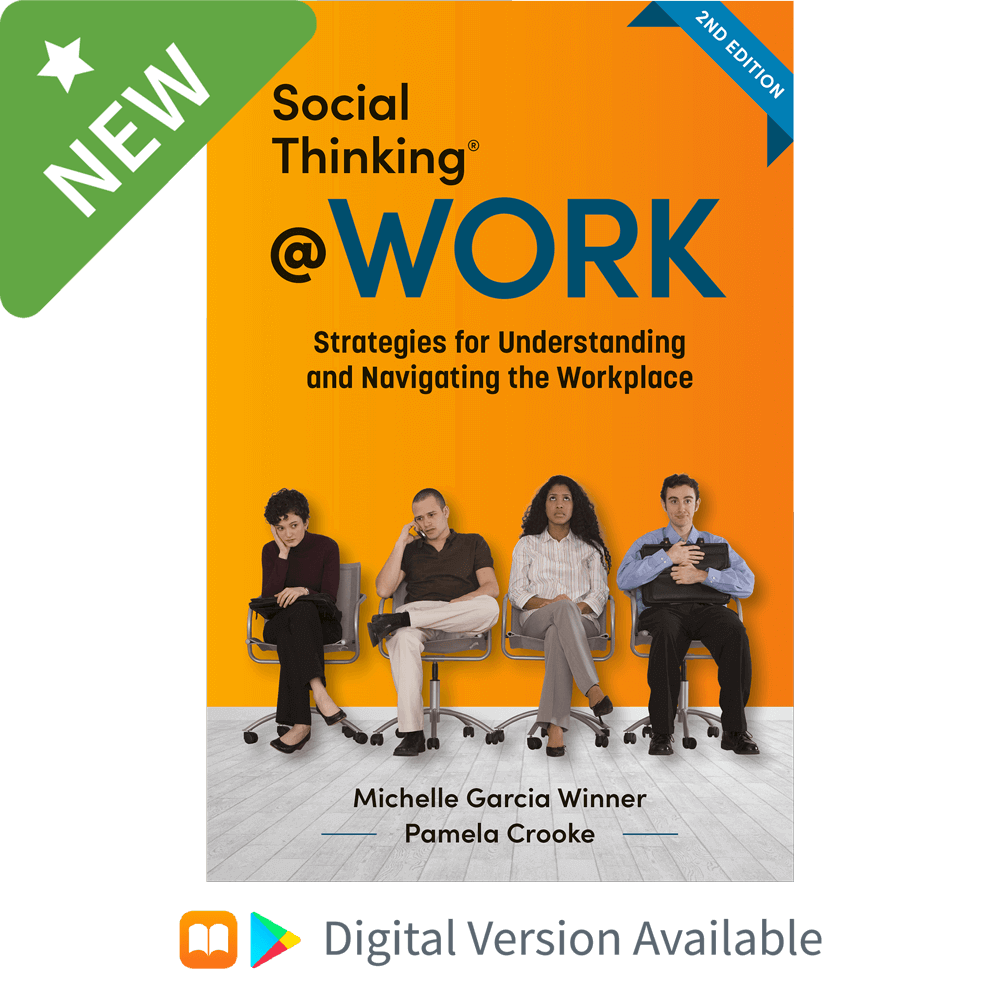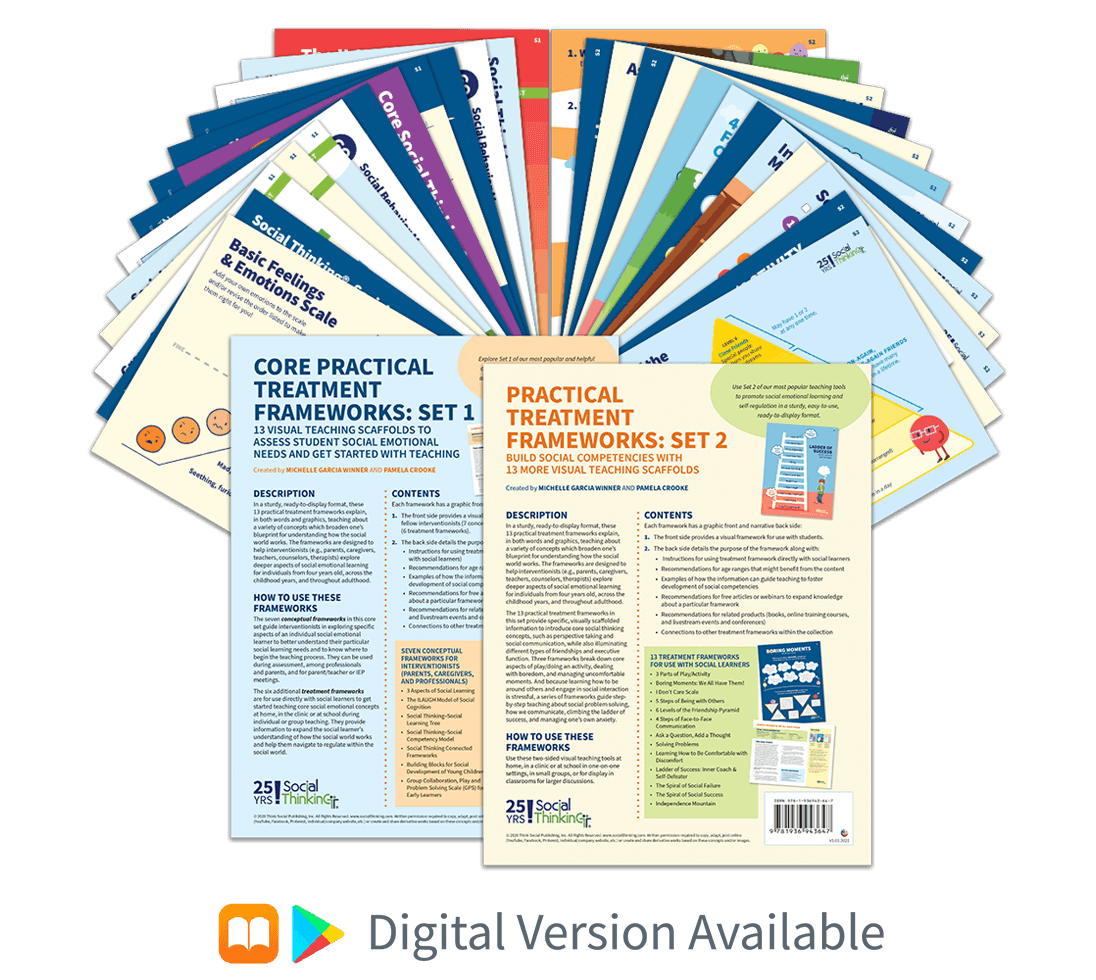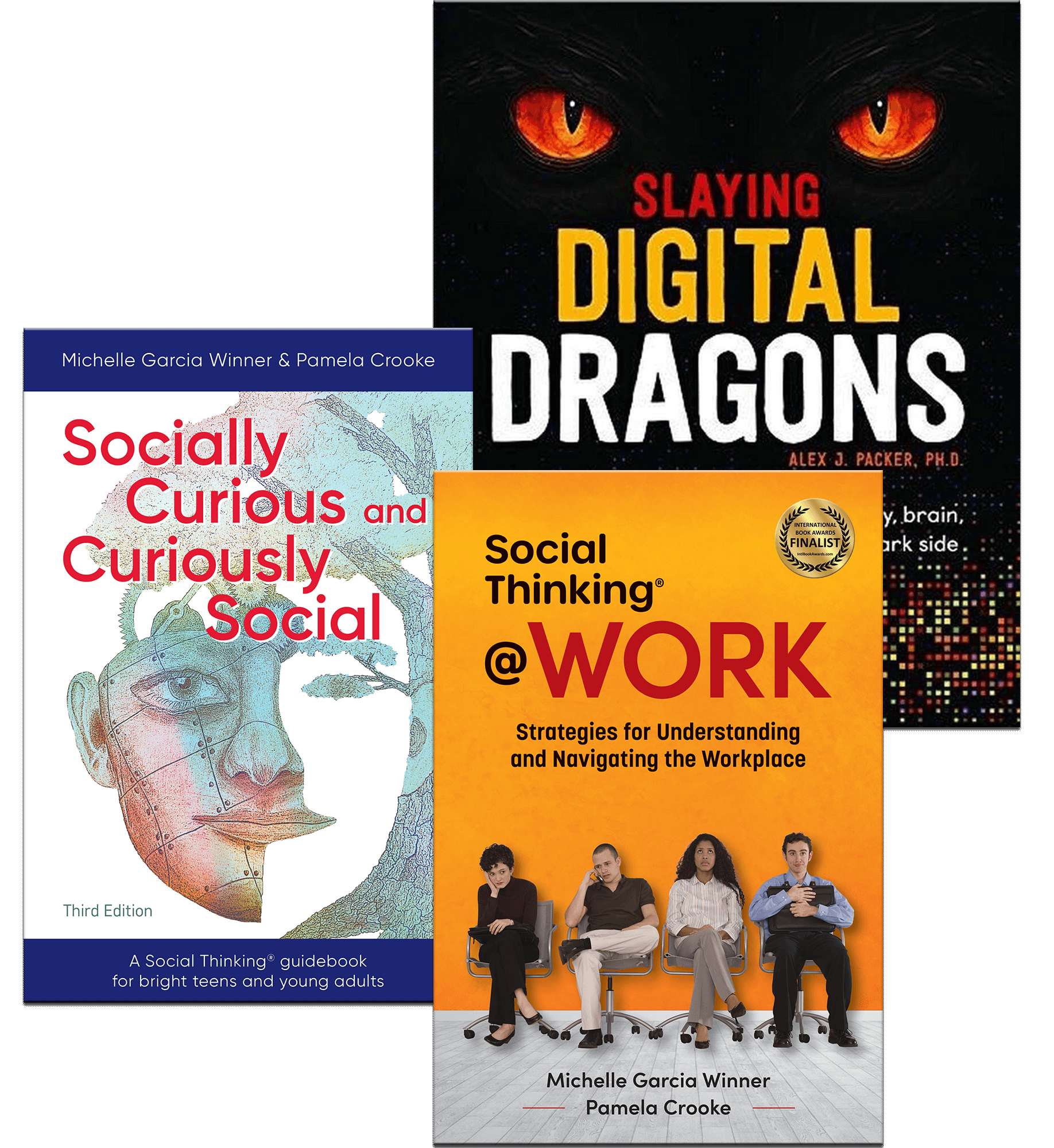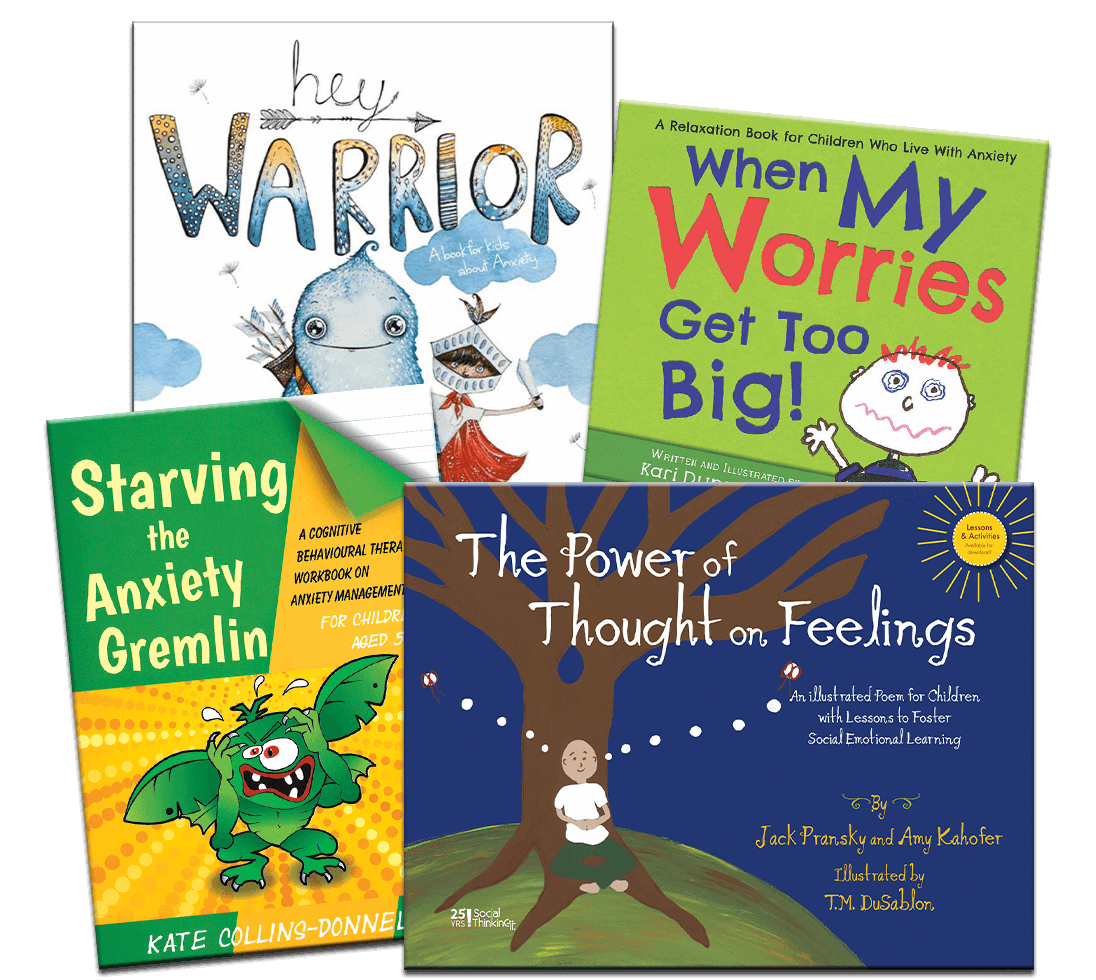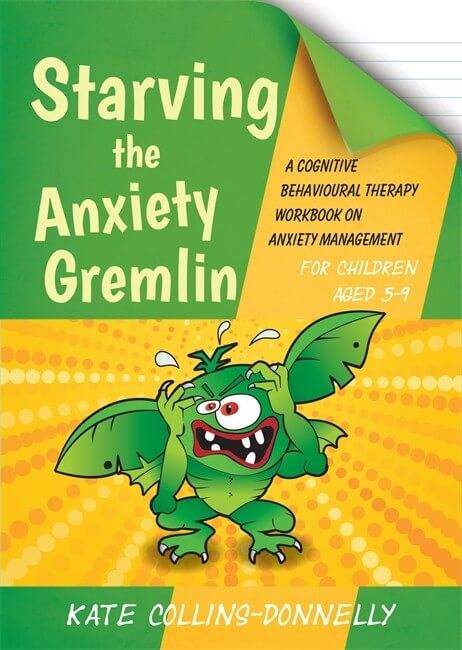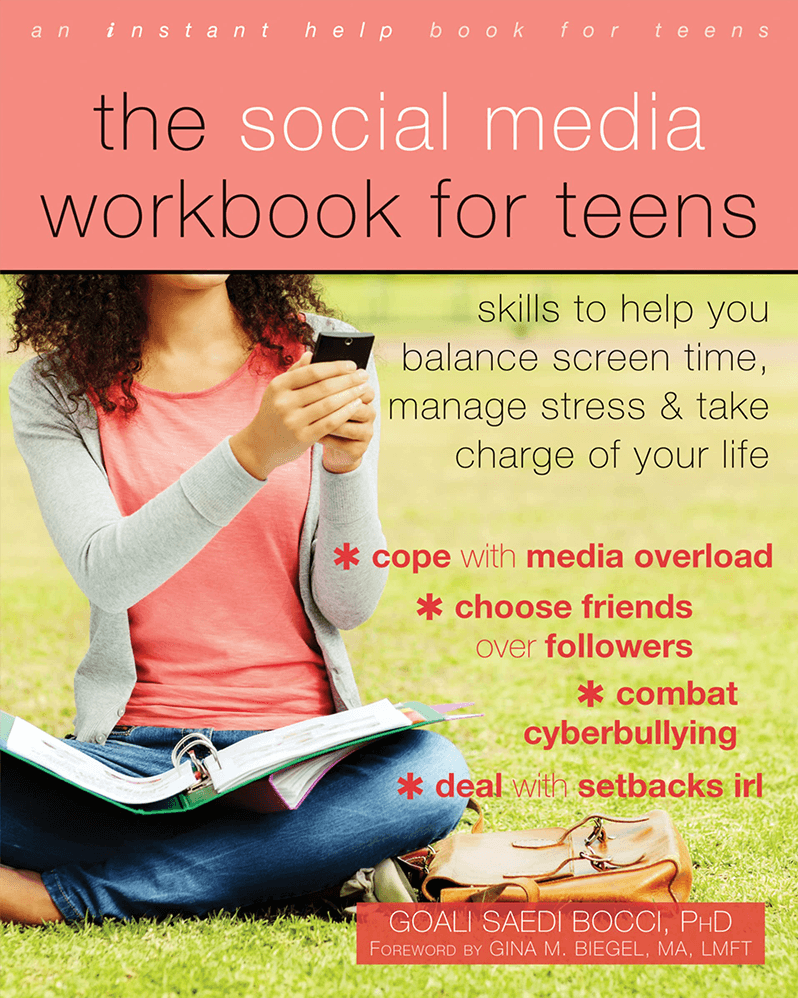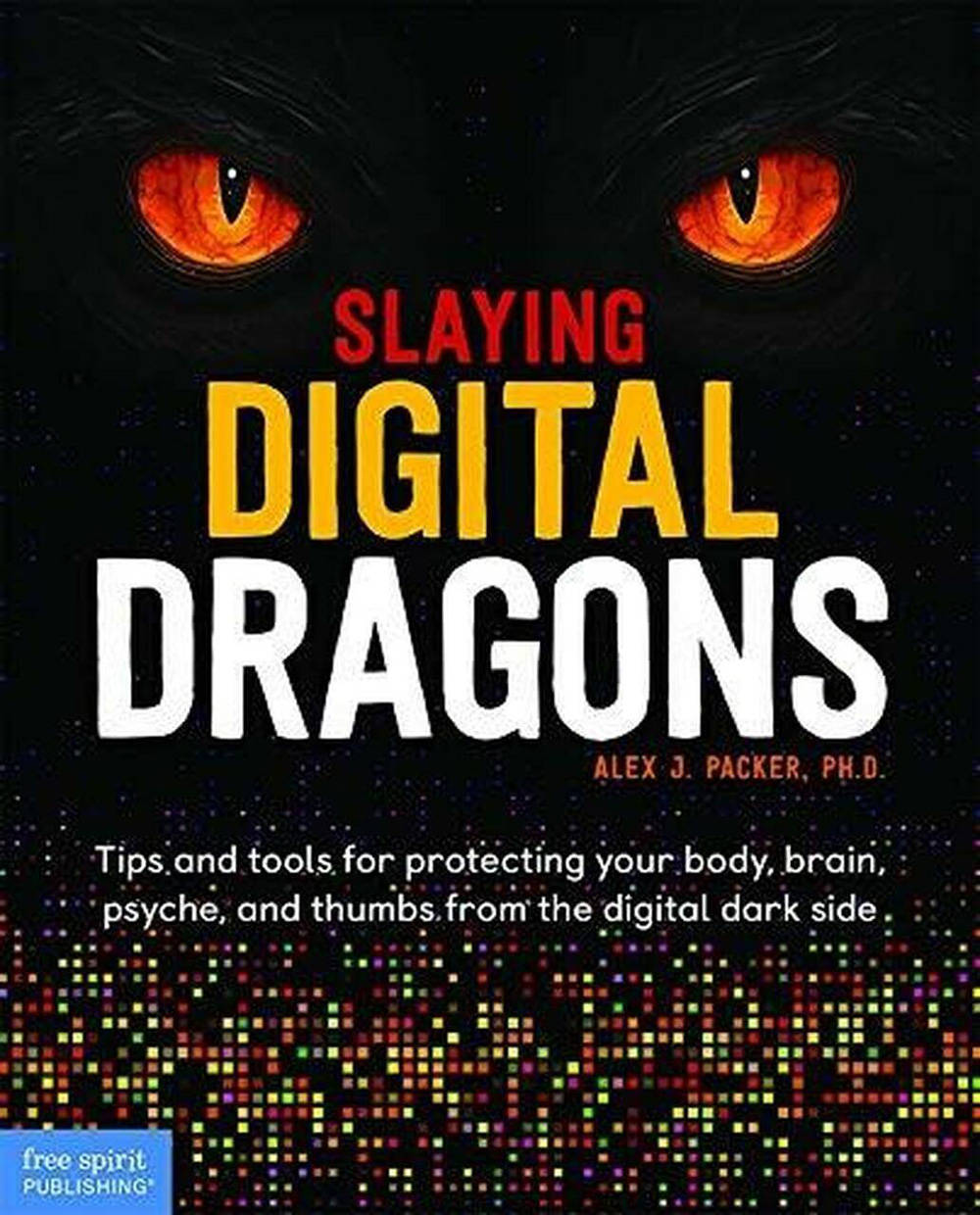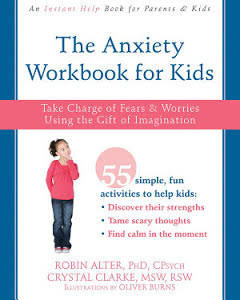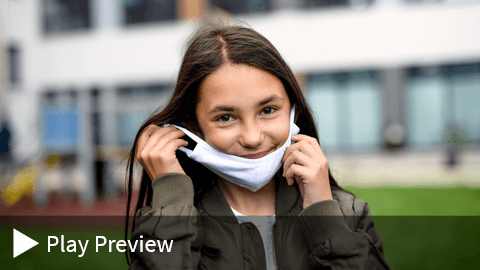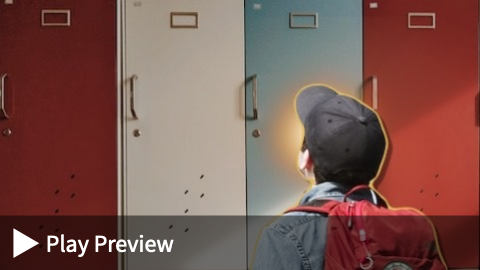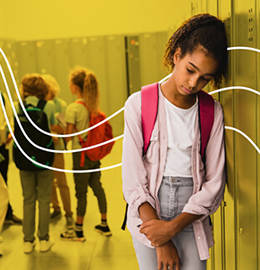Learn strategies to help combat loneliness and misbehavior in a brand new related livestream on Oct 19th with Michelle Garcia Winner, MA, CCC-SLP & Founder of Social Thinking.
© 2023 Think Social Publishing, Inc.
One of my autistic coworkers is socially anxious—and she has a beautiful smile.
Her social anxiety holds her back from initiating conversations, let alone greetings with peers, even though she’s comfortable in their presence. People who know her well recognize that she intends to be friendly, so they have no problem jumping in to kick off all social connections. In this context, she doesn’t often feel lonely.
Yet, virtually everywhere else she feels like she’s an outsider. Even as a youngster she noticed that she was not actively included in conversations and groups. As she reflects on her life, she also realizes she didn’t seek inclusion with her peers because she was fascinated by her personal interests in science, nature, and history.
Unintentionally, and somewhat accidentally, she became a mature adult with little experience initiating contact with others. Now, she desires to be included and forge new relationships but is stymied by how awkward this all feels and she’s not sure where to begin.
Here are some things we’ve been working on:
- Solitude is different from loneliness. Solitude is a choice to be alone at times, with the option to join others when one desires. Loneliness is not sought after; it’s a sense of being by oneself in the presence of others, without an invitation to join.
- Consider that humans want others to socially succeed. As part of this, we need to be comfortable with social discomfort as we pursue social connection. Consequently, it also means we’ll help each other through awkward or embarrassing moments, even if we don’t know a person very well.
- Social anxiety is a prevalent concern for a wide range of people. It’s important to learn strategies to manage one’s anxiety. Some ideas to help manage it can be found within the Social Thinking Methodology.
- Initiating social connection helps you and others feel like you are all part of a community. For example, smiling at a stranger as they walk by is a way to convey that we value one another, even though we may not know each other.
- Humans have a biological preference to connect with others face to face. While all types of technologies now exist to help us share information, we feel most centered, trusting, and connected with each other when we share space, even when just experiencing boredom together.
- Humans do not need to have a structured environment to figure out how to find ways to engage in the world together. Sharing boredom often leads to shared creativity. Having nothing to do together often leads to social initiating and social problem solving because we learn about each other as we find mutually agreed upon ways to relate. If we end up not liking what we are doing, we can think flexibly and switch gears. Today, however, children and adults are more likely to connect with each other through pre-structured leisure activities, resulting in less experience socially problem solving during spontaneous engagement.
- Feeling valued is essential to our well-being. Initiating ways to support others in our community—reaching out to do something for a neighbor, volunteering in a local organization or shelter, stopping to assist someone who is in need, and a myriad of other gestures—helps us feel that we are contributing and valued in ways that can’t be measured but are satisfying and foster our connection with others.
- Rather than pursuing happiness as a goal, consider instead the value of nurturing your well-being. What’s the difference? If the goal is to “be happy,” it means we fail when we have moments of unhappiness. A sense of well-being involves experiencing a range of feelings, both negative and positive. Relationships often become deeper and more gratifying when we share both our positive and negative experiences with each other.
Teachers, parents, counselors and/or therapists often check in on a person’s mental health, but they rarely directly ask those they work or live with if they are lonely. Asking this question may open doors to providing strategies for inclusion to those in need.
Some ways to help middle or high school students feel they are part of the community are by encouraging them to help a teacher after class or volunteer to help tutor younger students after school in subjects they enjoy (e.g., math, reading, etc.). Over the years, I have encouraged many older students (i.e., tweens and teens) to help younger children in areas they consider to be their strong suits. One hundred percent of the time this has been a rewarding experience that has led to them feeling better about themselves because they’ve become a valued and contributing member of the community.
Strategies to combat loneliness do not need to begin with active social relatedness. Consider that there is no easier way to feel included than to initiate ways we can be supportive and mindful of others, even if it’s as simple as holding a door open for a passerby—or writing an article to help others think about how they can help others!












